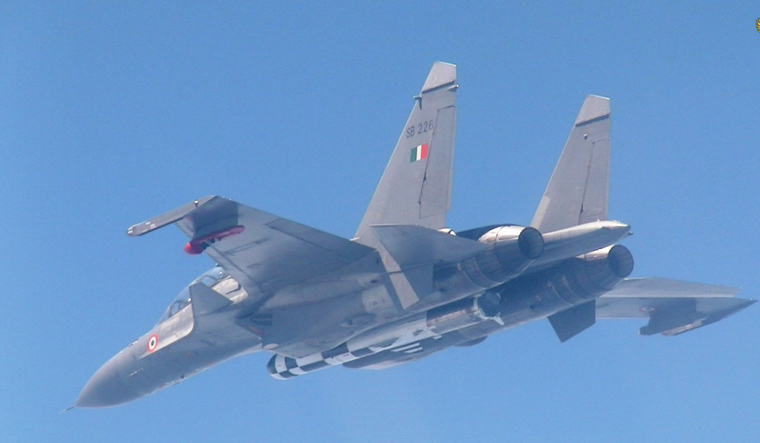SOURCE: AFI


In the realm of modern defense systems, the integration of air-launched missiles is a meticulous and highly regulated process. A flowchart presented by DSCI (@DefSysCI) highlights the intricate steps required to achieve airworthiness certification for air-launched missiles, as per the Indian Military Technical Airworthiness Requirements 2021 (IMTAR-2021).
This article provides an overview of the various stages involved, from initial feasibility studies to the final release for military service.


1. Qualitative Requirements (QR) and Feasibility Study
The first step begins with a Qualitative Requirements Feasibility Study, which evaluates the operational needs and technical capabilities of the air-launched missile system. This phase helps determine whether the missile concept meets the necessary military specifications and can feasibly be integrated into existing platforms.
2. Requirement Specification and Domain Design
Once the feasibility study is complete, the process moves to the Requirement Specification phase. In this stage, technical specifications are defined, including system-level design. This design phase is split into Preliminary and Detailed stages, covering all aspects of the missile such as:
- System Design: Overall system layout and integration with the aircraft.
- Aerodynamic Design: Ensuring the missile can perform optimally under flight conditions.
- Structural Design: Ensuring the missile’s frame can withstand stresses during launch and flight.
- Propulsion Design: Addressing the engine or rocket propulsion that will drive the missile.
3. Subsystem Technical Specification and Design
Following the domain design, the development of Subsystem Technical Specifications and subsystem design begins. This involves detailed design phases for all subsystems of the missile, which must comply with the overall system’s requirements.
4. Test and Analysis
The Test and Analysis stage is a critical part of the certification process. It includes safety analysis, risk assessments like Failure Mode and Effects Analysis (FMEA) and Failure Mode, Effects, and Criticality Analysis (FMECA), along with Safety, Hazard Risk, and Reliability and Maintainability studies. Structural integrity analysis is also performed to ensure the missile’s design can withstand various conditions.
5. Simulation and Software Verification
In parallel, simulation models are developed and verified. The models are used to simulate critical scenarios and assess the missile’s behavior. Verification ensures that simulation visuals and test adequacy meet military standards. Additionally, Software Verification and Validation involves verifying software requirements (SRS), conducting Code Walkthroughs, testing, and object code verification.
6. Ground Tests
Before air-launched testing, the missile undergoes Ground Tests, including limited qualification tests (QT) and System Operational Flight Tests (SOFT). Components, equipment, subsystems, and systems are tested under a variety of conditions, such as lightning strikes and electromagnetic interference (EMI), electromagnetic pulse (EMP), and Electromagnetic Compatibility (EMC) tests. Additionally, Structural Strength and Integrity Tests (STR) ensure the missile’s physical robustness.
7. Test Result Evaluation and System Integration
Once all ground tests are complete, the Evaluation of Test Results begins, assessing the missile’s performance and design integrity. The next step is System Integration and Testing, where the missile is fully integrated with its air platform. This stage determines if design changes are needed based on the performance.
8. Flight Tests and Developmental Flight Clearance
If no significant design changes are required, the process moves to flight testing. The missile undergoes developmental flight tests to ensure safe operation under real-world conditions. Following successful tests, the missile is granted a Developmental Flight Clearance.
9. Compliance with QR and Release to Service
After completing flight tests, the missile must demonstrate full compliance with the previously established Qualitative Requirements (QR). Once compliance is confirmed, the missile is cleared for service, and a Military Type Certificate (MTC) or Restricted Military Type Certificate (RMTC) is issued, allowing it to be deployed by the Indian Armed Forces.